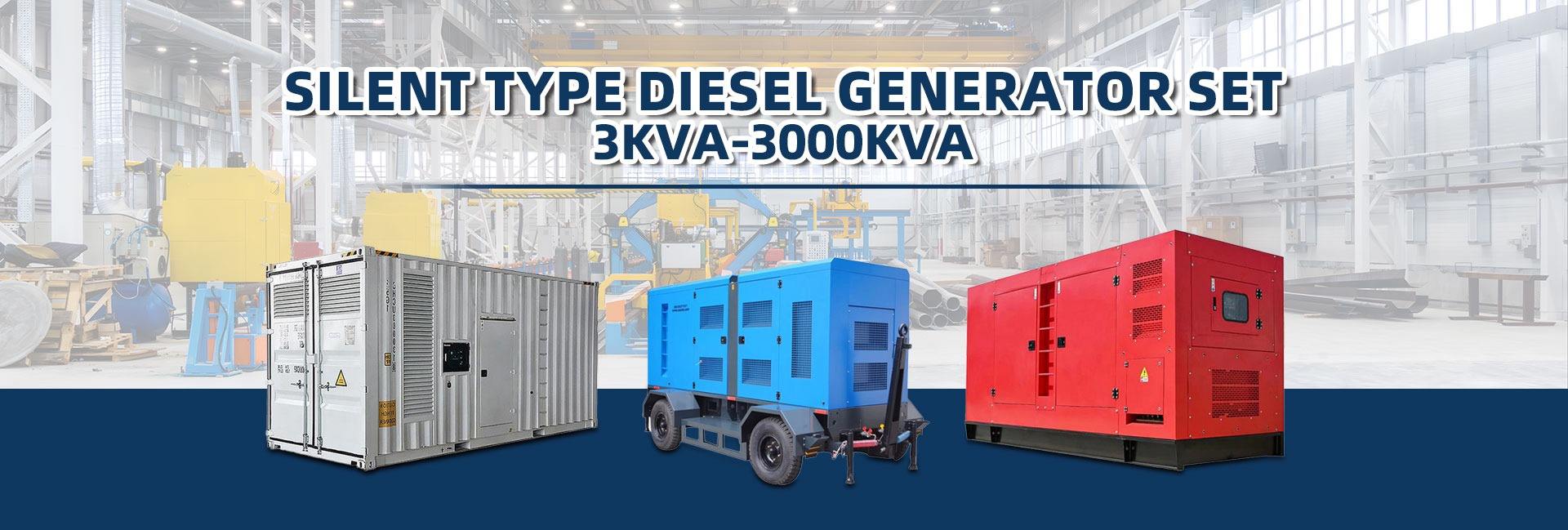Power outages can be disruptive and costly, impacting everything from daily routines at home to complex industrial operations. For reliable backup power, generator sets are essential. A crucial decision when choosing a generator involves whether to include an Automatic Transfer Switch (ATS). This seemingly small component dramatically alters the system's functionality and overall effectiveness in maintaining power continuity.
Without an ATS, a generator set requires manual intervention to start and connect to the electrical system. This means someone must be present to physically start the generator and then manually switch the power source from the utility grid to the generator. This delay, even if relatively short, can lead to data loss in computer systems, disruptions in manufacturing processes, and inconvenience in everyday life. Imagine a critical moment in a surgery or a vital server operation being interrupted due to a power flicker and the ensuing manual generator startup process.
In contrast, generator sets equipped with an ATS provide a seamless transition to backup power. The ATS constantly monitors the utility grid for voltage fluctuations or complete outages. When a power failure is detected, the ATS automatically starts the generator and safely transfers the electrical load. Once utility power is restored, the ATS automatically switches back and shuts down the generator, all without human intervention. This level of automation is invaluable for maintaining essential services and minimizing downtime.
The Mechanics of Power Continuity
An ATS essentially acts as the brains of the backup power system. It’s a sophisticated switch that continuously monitors incoming voltage from the utility grid. Pre-set parameters within the ATS determine the acceptable voltage range. When the voltage falls outside this range for a predetermined time, the ATS initiates the automatic transfer sequence.
The process typically begins with a signal sent to start the generator. Once the generator reaches optimal operating parameters, the ATS disconnects the building's electrical system from the utility grid and simultaneously connects it to the generator's output. This transition usually occurs within seconds, minimizing the impact of the power outage.
Choosing the Right System
Selecting between a generator with or without an ATS depends largely on the specific power continuity needs of the application. For critical applications, such as hospitals, data centers, and industrial facilities where even momentary power interruptions are unacceptable, an ATS is not just recommended—it’s essential. What price would you put on ensuring continuous power to life-saving equipment in a hospital?
For less critical applications, like powering a home during occasional outages, a manual transfer switch might suffice. However, the convenience and peace of mind offered by an ATS often outweigh its added cost, especially considering the potential damage and disruption caused by even short power interruptions. Think about the potential loss of refrigerated food or the disruption to a home-based business during an extended outage.
Beyond Basic Functionality
Modern ATS systems offer features beyond simple automatic transfer functionality. Some include advanced monitoring capabilities, providing data on generator run time, fuel consumption, and system status. This data can be invaluable for preventative maintenance and optimizing system performance.
Furthermore, some ATS units offer load management capabilities. This allows the system to prioritize essential circuits during an outage, ensuring that critical loads receive power while non-essential loads are temporarily disconnected. Imagine being able to power essential appliances and lighting during an outage while temporarily suspending less critical loads like air conditioning.
The Future of Power Continuity
As technology continues to advance, so too will ATS systems. Smart ATS units are already emerging, incorporating internet connectivity and sophisticated control algorithms. This allows for remote monitoring and control, providing users with real-time information and the ability to manage their backup power systems from anywhere in the world.
These advancements are driving increased reliability, efficiency, and user-friendliness in backup power systems. As our reliance on continuous power grows, so too will the importance of robust and intelligent power continuity solutions.
Making an Informed Decision
The decision between a generator set with or without an ATS is a crucial one that should be made after careful consideration of the specific power needs and budget. While manual transfer switches offer a more budget-friendly option, the automation and peace of mind provided by an ATS are often well worth the investment, especially for critical applications.
Ultimately, the goal is to ensure uninterrupted power, minimizing downtime and protecting valuable equipment and operations. By understanding the key differences between generator sets with and without ATS, users can make informed decisions that ensure reliable power continuity, regardless of what the utility grid throws their way. Consider your own power needs – would the inconvenience and potential losses of a manual system outweigh the cost of an automatic transfer switch?





